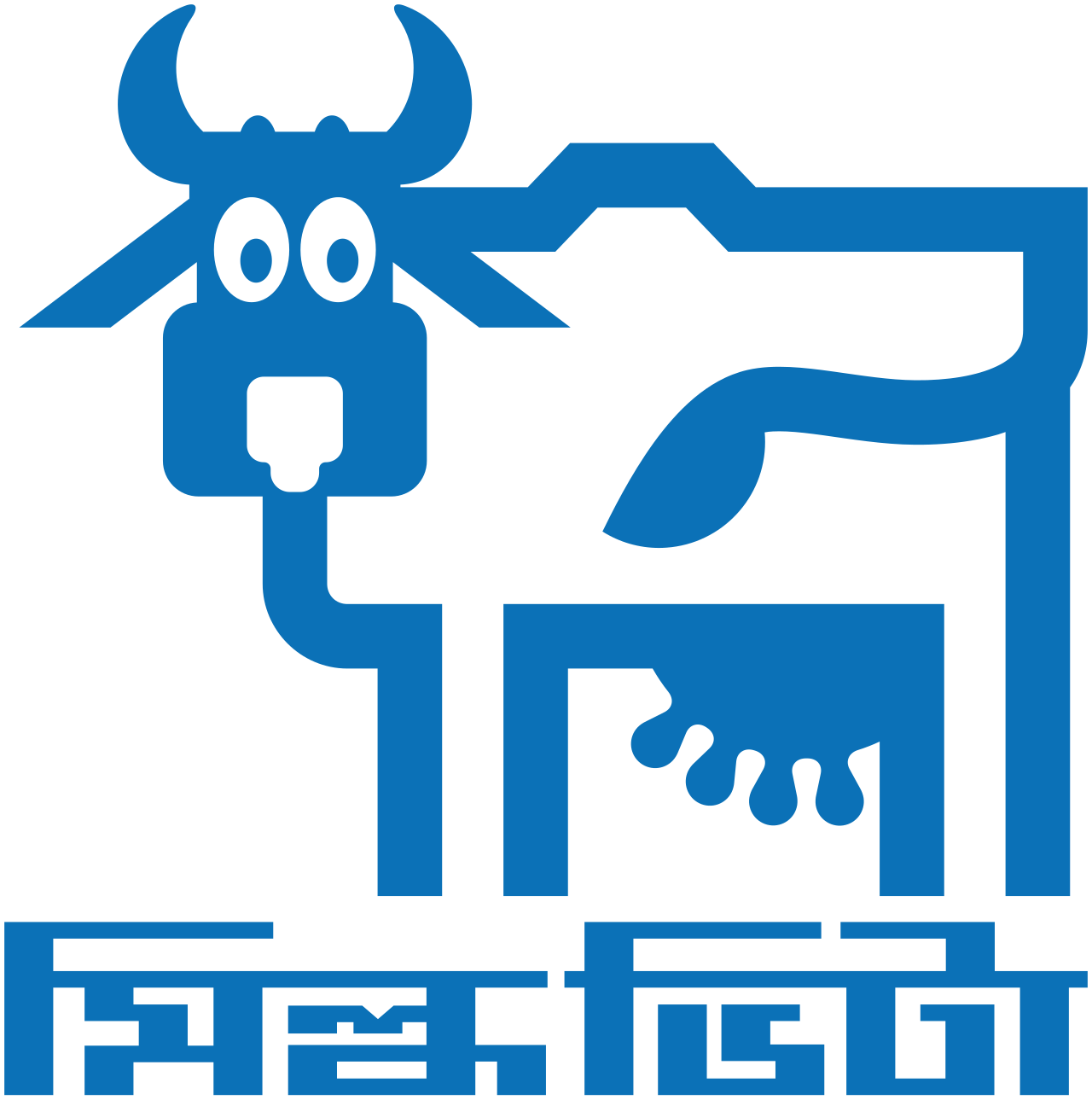Introduction
Milk Vita is the Bangladesh Milk Producers Co-operative Union Limited (BMPCUL). Operating since 1973, it is the biggest and oldest dairy cooperative in the country. Milk Vita was started to support rural dairy farmers, while also ensuring urban consumers had access to quality dairy products. For the past decades, Milk Vita has been the lifeline of the country, maintaining reasonable prices for farmers while ensuring a dependable supply of milk and dairy products for consumers.
This case study highlights the history, business model, product range, financial performance, challenges, and strategic plans of Milk Vita.
Historical Background
The cooperative dairy models of Europe and India served as a blueprint for the creation of Milk Vita. By the early 1970s, Bangladeshi dairy farmers were in dire straits, suffering from the unregulated exploitation of middlemen and a complete lack of a formalized milk market. The government alongside development agencies sought to address this concern by instituting Milk Vita in a cooperative model.
At first, Milk Vita served thousands of farmers, but had very few collection centers. It then expanded into 6 milkshed areas: Tangail, Manikganj, Tekerhat, Baghabarighat, Rangpur, and Sreenagar. Currently, the cooperative has a network of 345 primary societies and nearly 40,000 dairy farmers.
Farmers join the cooperative by buying a share for Tk 10 and paying an admission fee of Tk 1. To maintain membership, they also need to deliver a minimum of 150 liters of milk every year. The cooperative ensures that farmers are paid for their milk according to its fat and solid non-fat (SNF) content, which is critical for quality production.
Operational Model
Milk Vita works through a formal supply chain that includes:
Milk Collection: Farmers supply milk to collecting centers in the afternoon and morning. The milk is cooled in big coolers after it is refrigerated, and its quality (especially the percentage fat) is checked.
Processing Facilities: Various processing facilities for Milk Vita where different dairy products are made from the processed milk. The key processing units are:
1. Baghabarighat Dairy Plant – Production of powder milk, butter, and ghee.
2. Dhaka Plant – Produces liquid milk, cream, ice cream, flavored milk, and sweet yogurt.
Distribution and Marketing: Processed dairy products are sold in retail shops and supermarkets, as well as in Milk Vita’s shops all over the country. The organization also sells dairy products to state bodies, hospitals, and military institutions.
Product Portfolio: Milk Vita covers a range of products for the consumer base. Its primary products include:
Liquid Milk – Both Pasteurized and UHT milk with varying fat content.
Yogurt – Range of sweet and flavor varieties.
Powdered Milk – The most popular in households because of longer shelf life.
Butter and Ghee – Used in frying and baking.
Ice Cream and Flavored Milk – Targeted for the younger consumers.
Because of its branding and pricing strategies, the company has managed to gain high brand trust from its consumers due to quality.
Market Position and Financial Performance
Milk Vita is/has been one of the long standing market leaders in the dairy industry in Bangladesh. The company had approximately 40% market share in the liquid milk industry in 2021. The company, however, has not been doing well financially in the recent past.
Milk Vita made a loss of 4.36 crores for the year of 2022-2023, something that had not happened in over a decade, despite the total revenue being 349 crores. Factors contributing to this decline include, but are not limited to, old machinery, inefficiency of operations, and increasing rivalry from private milk producers.
Read More: Aarong opening world’s largest craft store in Dhanmondi soon
Challenges Confronting Milk Vita
Despite having achieved a certain level of success in the past, Milk Vita continues to face numerous hurdles that have impacted its growth and profitability.
1. Outdated Infrastructure
Due to the aging machines, Milk Vita has not been able to use the majority of its production lines for many years. For instance, the Ultra-High-Temperature (UHT) milk and condensed milk plants are nonoperational, rendering it unable to compete against private brands.
2. Financial Constraints
Over the years, the company has suffered from poor financial administration. There was an major expansion plan that sought to build a new dairy production plant, but it was abandoned after overspending Tk 80 crore due to fears of raw material inadequacy and ineffectiveness.
3. Increasing Competition
Intense advertising, advanced packaging, and improved distribution has enabled private dairy companies like Aarong Dairy, PRAN, and Farm Fresh to capture a large portion of market share. Milk Vita’s market share in urban areas has therefore reduced.
4. Management and Bureaucratic Problems
Milk Vita is a cooperative which is state owned, therefore, it often faces bureaucratic delays with regards to decision making. Private companies are able to quickly respond to market demands, but Milk Vita takes a significantly longer time because of all the red tape, making it less competitive.
Milk Vita’s Strategic Steps to Solve Problems
To stabilize and grow financially and recover its market share, Milk Vita has implemented several strategic steps:
1. Public-Private Partnerships (PPP)
Milk Vita tried to attract private investors to upgrade its dormant manufacturing plants. It called for private sector participation to take over and manage closed factories in 2021. Trusting in the profitability of these factories has remained elusive for private investors.
2. Product Diversification
The addition of ice cream and flavored milk is a step taken by Milk Vita to keep up with customer preferences. There have, however, been operational issues that have resulted in delays in some attempts at diversification, like entering the bottled water market.
3. Plant Modernization
Increased funding is required to increase the speed at which Milk Vita is able to discuss the modernization of its plants with the most advanced equipment. These changes have moderately progressed as funds are available.
4. Building Distribution Capacities
Milk Vita has entered into an agreement with supermarkets and online stores, which has helped consolidate their distribution channels and made them more accessible to consumers, especially those in the cities.
Milk Vita has yet to capture an ample share of Bangladesh’s dairy market, as it struggles with many hardships. However, with a substantial operational overhaul, efficiency improvements, and some marketing innovation, it can witness extraordinary growth.
To foster a sustainable future, the company ought to:
– Upgrade older machinery to boost output levels.
– Compete with private milk brands by improving marketing and branding.
– Address modern consumer’s sentiments with advanced product development.
– Strengthen relationships with private investors for financial support.
If these steps are taken, Milk Vita will be able to hold its dairy sector supremacy in Bangladesh, and will not be vulnerable to competition.
Broader Insights
The dairy sector is one of the fastest developing industries in the Bangladesh economy, adding to its overall GDP growth. Rural farmers are now equipped with better technology, enabling Milk Vita to continue offering them quality dairy and nutritional products, including progressively higher quantities of skim milk powder.
These aid urban consumers by offering a steady supply of milk and related products. However, financial mismanagement, infrastructure neglect, and rising rival brands has heavily crippled the cooperative. Although many of their efforts are aimed at modernizing and improving operational efficiency, more structural reforms paired with funding are more imperative.
By focusing on core weaknesses paired with brand strengths, Milk Vita can ensure sustainable success and position itself as the key dairy cooperative in Bangladesh.
References :
2. The Business Standard– Milk Vita Project Axed After 80 Crore Tk Expenditure.
3. The Business Standard – Milk Vita’s Attempt To Revitalize Shut Down Units Remains Unexecuted.
Share via:


















